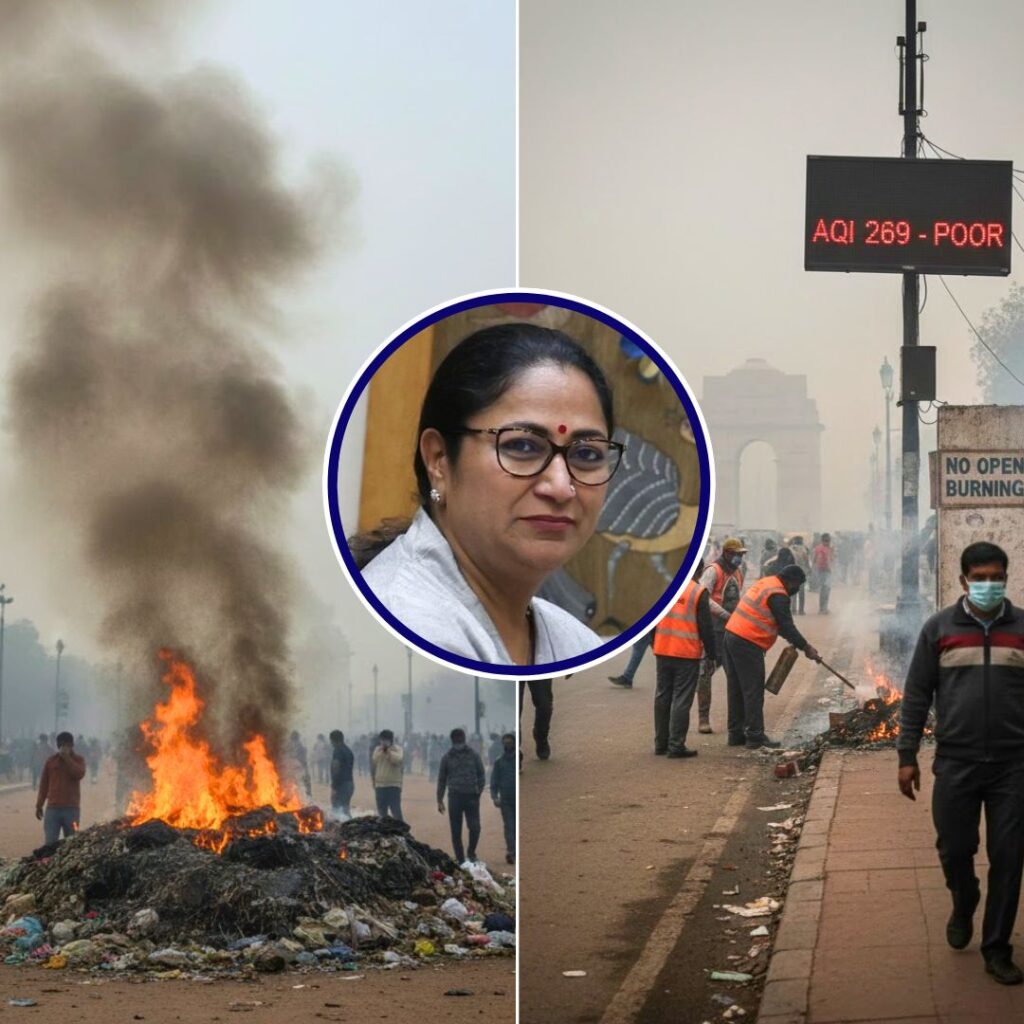On 2 August 2025, Union Minister for Road Transport and Highways Nitin Gadkari, alongside Andhra Pradesh Chief Minister N. Chandrababu Naidu, inaugurated and laid the foundation stone for 29 significant National Highway projects in Mangalagiri. These infrastructure projects, collectively worth over ₹5,233 crore, will cover a total length of 272 km across Andhra Pradesh, aiming to substantially boost road connectivity, enhance safety, and improve transportation efficiency in the state.
The projects are aligned with Prime Minister Narendra Modi’s vision to eliminate accident-prone black spots and railway crossings, decrease logistics costs, and strengthen last-mile connectivity in rural and tribal regions, while alleviating congestion in major urban centres like Tirupati, Nellore, and Rayachoty.
The event was attended by union ministers Kinjarapu Ram Mohan Naidu, Chandra Sekhar Pemmasani, Deputy Chief Minister Pawan Kalyan, along with MPs, MLAs, and senior officials, illustrating wide-ranging support for the ambitious plan to position Andhra Pradesh as a key growth engine in India’s highway infrastructure roadmap.
Building Roads, Bridging Communities: Key Infrastructure Details
Among the flagship projects inaugurated is the upgrade of the Madanapalle to Pileru stretch on NH-71, a 56 km corridor modernised into a four-lane highway at a cost of ₹1,994 crore. This corridor boasts nine flyovers, a rail overbridge to eliminate level crossings, 19 major bridges to ensure uninterrupted flow over natural obstacles, five vehicular underpasses, and ten local underpasses to facilitate smooth traffic movement and enhance road safety.
Similarly, the Kurnool to Mandlem section of NH-340C has been transformed into a 31 km four-lane road with paved shoulders at a cost of ₹858 crore, including one flyover, four viaducts, three local underpasses, and one minor underpass—significantly upgrading the transport quality and capacity. Beyond these, foundation stones were laid for 27 additional projects, focused on improving connectivity to key religious destinations such as Tirupati, Srisailam, and Kadiri, as well as popular tourist spots including Horsley Hills and Vodarevu Beach.
The initiatives also ensure seamless access to economic hubs like Sri City, Krishnapatnam Port, and Tirupati Airport, helping bolster the state’s transport and logistic framework. Gadkari stressed the importance of these upgrades in India’s national logistics cost reduction, which has fallen from 16% to 10%, with a targeted 9% by December 2025.
This is expected to not only boost exports but also generate widespread employment opportunities. Andhra Pradesh’s National Highway network under the National Highways Authority of India (NHAI) has grown dramatically—from 4,000 km in 2014 to 8,700 km in 2025—reflecting the government’s firm commitment to infrastructure-led economic progress.
Expanding Highways: Context and Ongoing Efforts
This surge in highway development is part of the central government’s comprehensive strategy to accelerate inclusive economic growth by enhancing physical connectivity, safety, and transportation efficiency. India has faced longstanding challenges with accident-prone “black spots” and frequent railway crossings, factors that have historically hindered road safety and traffic flow.
Addressing these obstacles remains a central priority. By building flyovers, overbridges, and underpasses, this initiative aims to remove bottlenecks and reduce accidents. Efforts also focus on decongesting urban centres suffering from traffic snarls while strengthening links between rural, tribal, and urban areas to promote balanced development.
The integration of access to pilgrimage and tourist sites reflects a broader developmental vision that combines economic, cultural, and social infrastructure. The high-profile involvement of senior union and state officials further underscores the political will to sustain and accelerate this heavy investment in infrastructure, intending to fuel Andhra Pradesh’s role as a competitive, well-connected state pivotal to India’s wider growth trajectory.
The Logical Indian’s Perspective
Infrastructure initiatives such as these are foundational steps toward equitable growth and social upliftment, yet they must be pursued with a keen awareness of local impacts and environmental sustainability. Infrastructure connectivity can transform economies and lives by providing greater access to education, healthcare, markets, and jobs.
However, care must be taken to ensure transparent land acquisition processes, protection of natural ecosystems, and active involvement of affected communities throughout the project lifecycle. The true success lies in harmonising large-scale development with grassroots welfare and ecological balance.











